Longus Colli Muscle
Table of Contents
Longus colli Muscle Anatomy
Longus colli Muscle is located on the anterior surface of the vertebral column, between the atlas and the third thoracic vertebra.
One type of muscle in the human body is called the longus colli, which means long muscle of the neck in Latin.
Between the atlas and the third thoracic vertebra on the anterior surface of the vertebral column is where you’ll find the longus colli.
It has three parts: a superior oblique, an inferior oblique, and a vertical. It is broad in the middle and small and pointed at each end.
Along with Longus Capitis, Rectus Capitis Anterior, and Rectus Capitis Lateralis, the four deep cervical flexor muscles (also known as anterior cervical muscles) are the musculus longus colli or musculus longus cervicis.
Origin:
upper fibers: anterior tubercles of the transverse processes of C3–C5.
central fibers: anterior surface of vertebral bodies of C5–T3 vertebrae.
lower fibers: anterior surface of vertebral bodies of T1–T3 vertebrae.
Insertion:
upper fibers: anterior tubercle of C1 (atlas).
central fibers: anterior surface of vertebral bodies of C2–C4 vertebrae.
lower fibers: anterior tubercles of the transverse processes of C5 and C6.
Nerve supply:
The Longus colli muscle is innervated by the anterior rami of the 2nd to 6th cervical spinal nerves.
Blood Supply
The ascending cervical artery, a little branch of the inferior thyroid artery that emerges from the subclavian artery’s thyrocervical trunk, supplies blood to the muscle. Additionally, the ascending pharyngeal artery supplies blood to it.
Action
Flexes the neck and head.
Bilaterally longus capitis acts as a weak flexor of the head and cervical vertebrae alone unilateral action of the longus capitis muscle serves to rotate and tilt the cervical vertebrae and head to the ipsilateral side.
Longus colli muscle Exercise
Strengthening and stretching exercises for the longus colli muscle can contribute to better neck stability, flexibility, and overall cervical spine health.
The following are some general longus colli muscle exercises:
Strengthening Exercises
Chin Tucks:
- Sit or stand with your back straight.
- Gently tuck your chin towards your chest without tilting your head forward.
- Hold the position for 5-15 seconds
- Then release.
- Repeat for 10-15 repetitions.
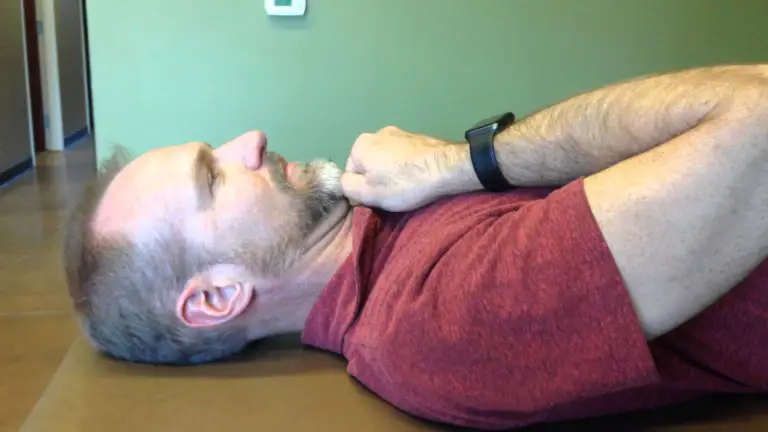
Isometric Neck Flexion:
- Sit or stand with your back straight.
- Place your palm on your forehead.
- Push your head forward against your palm while keeping your neck in a neutral position.
- Hold the contraction for 5-10 seconds, then relax.
- Repeat for 10-15 repetitions.
Neck Retraction with Resistance:
- Sit or stand with an elastic band looped around the back of your head.
- Gently pull your head backward against the resistance of the band.
- Hold for a few seconds
- Then return to the starting position.
- Repeat for 10-15 repetitions.
Stretching Exercises:
Neck Flexor Stretch:
- Sit or stand with your back straight.
- Bring your chin to your chest and gently lean your head forward.
- Hold the stretch for 15-30 seconds, feeling a gentle stretch along the back of your neck.
- Repeat 2-3 times

Side Neck Stretch:
- Sit or stand with your back straight.
- Tilt your head to one side, moving your ear nearer your shoulder.
- Hold the stretch for 15-30 seconds, feeling a stretch along the side of your neck.
- Repeat on the other side and do 2-3 repetitions on each side.
Rotation Stretch:
- Sit or stand with your back straight.
- Bring your chin over your shoulder as you slowly turn your head to one side.
- Hold the stretch for 15-30 seconds, feeling a stretch in the neck and upper back.
- Repeat on the other side and do 2-3 repetitions on each side.
Any fitness regimen must be approached with caution, especially when it comes to the neck region. See a medical practitioner or certified fitness trainer before beginning any new workout program, particularly if you have any pre-existing neck conditions or concerns.
As your comfort and strength improve, remember to perform these exercises slowly and progressively increase the intensity. Anytime you feel pain or discomfort while exercising, stop right away and get medical help.
Clinical Significance
Whiplash injuries to the back end are prevalent and typically arise from an automobile collision.
Some scientists believe that whiplash patients may have an abnormal lack of curvature in their necks due to this muscle, which is located in front of the spine.
It is possible to have acute calcific tendinitis in the longus colli muscle. It is important to differentiate this from retropharyngeal abscess and other serious disorders since it manifests with an abrupt onset of neck pain, stiffness, dysphagia, and odynophagia.
Imaging diagnosis is performed using CT or MRI, which shows retropharyngeal oedema along with muscle calcification. Supportive care is provided using non-steroidal anti-inflammatory medication.
Cervicogenic headache has been linked to decreased deep neck flexor strength and endurance.
FAQ
One of the four deep cervical flexor muscles (also known as anterior cervical muscles), together with longus capitis, rectus capitis posterior, and rectus capitis lateralis, is the musculus longus colli, also known as the musculus longus cervicis.
The cervical vertebral bodies’ anterior side is home to the left and right longus colli muscles. These muscles are divided into three sections: the vertical, inferior, and superior oblique.
Anterior surface of the vertebral column
Longus colli Muscle is located on the anterior surface of the vertebral column, between the atlas and the third thoracic vertebra.
The cervical curvature has a postural function for the longus colli.
The transverse tubercles can be felt to determine the length of the longus colli. A cautious cut is made to prevent damage to the sympathetic trunk and fibers situated laterally along the longus colli, just medial to the transverse tubercles rostral and caudal to the intervertebral disc level.
When the longus colli were deeply massaged and needled, the ipsilateral ear and ipsilateral eye were the primary destinations for localized pain referral. On the other side of their neck, a few participants complained of pain.
References
Longus colli muscle. (2022, February 10). In Wikipedia. https://en.wikipedia.org/wiki/Longus_colli_muscle

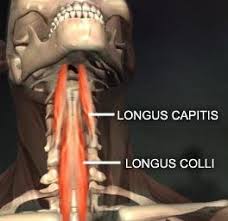
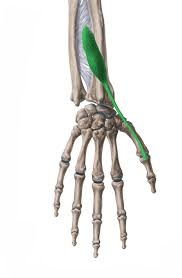
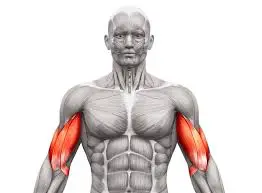
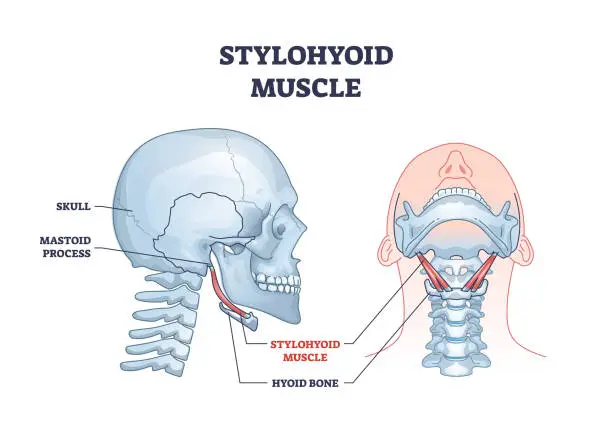
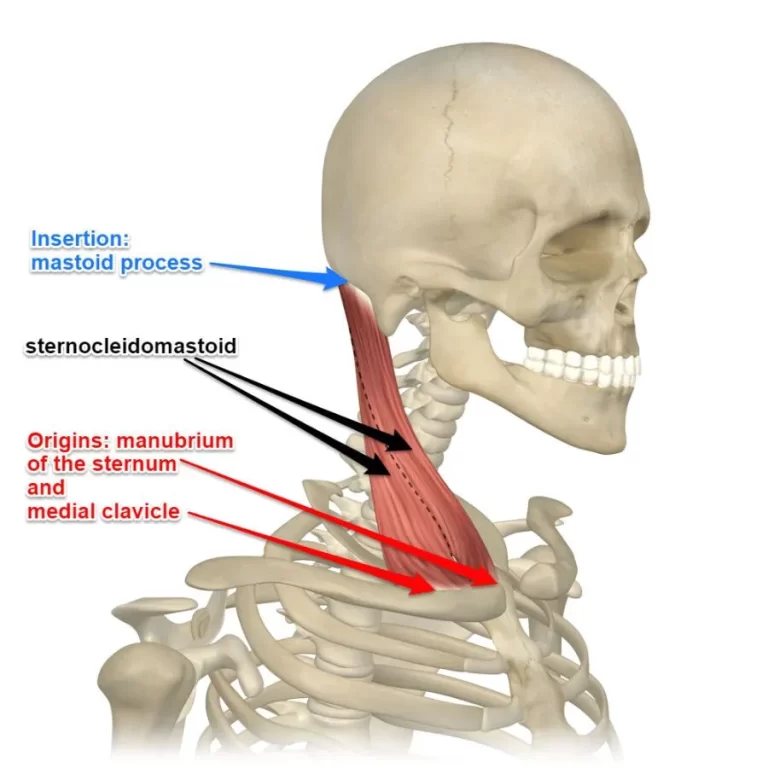
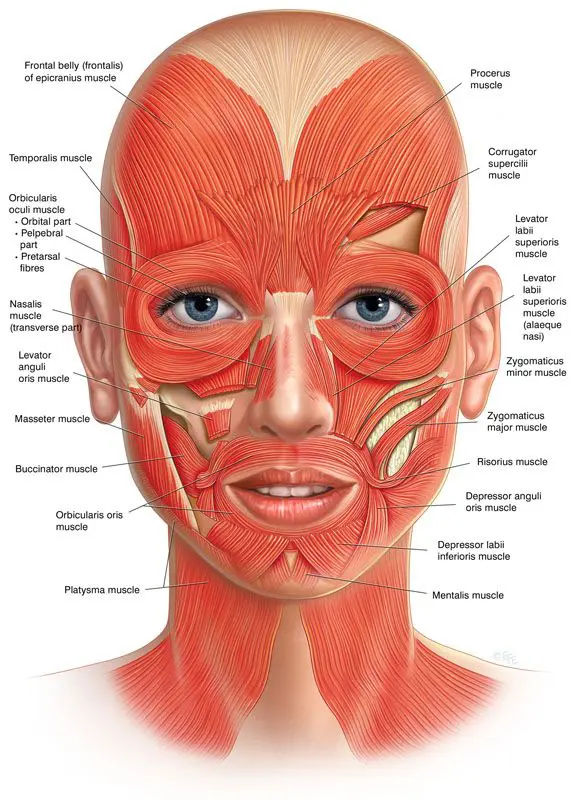
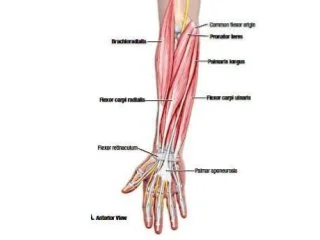
One Comment